During the first ten months of the current Iranian calendar year, the value of Iran’s exports to the EAEU climbed 72 %, compared to the same period in the past year.
Since the implementation of the free trade agreement (FTA) between Iran and EAEU, the two sides demonstrated significant growth.
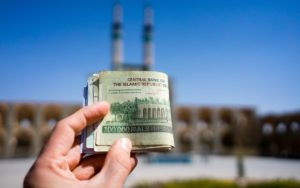
Last year, Rouhollah Latifi, Spokesman of the Islamic Republic of Iran Customs Administration, announced that the weight of Iran’s export to Eurasian countries increased 114 % during March 21-December 21, 2019.
This year, Iran exported 2.683 million tons of commodities worth over $861 million to the EAEU member states.
Foreign trade between Iran and Eurasia reached $2 Billion
Rouhollah Latifi said that in the first ten months of the recent Iranian year, Iran’s foreign trade with Eurasia has stood at USD2 billion. Imports from the EAEU climbed by 41 % to 2.563 million tons. Moreover, the value of exports in the past ten months totaled USD19.603 million. The number indicates a five percent fall in worth and 41 percent rise in weight, year on year.
According to Ruhollah Latifi, on October 27, the trade deal with the Eurasian Economic Union came into force. And it applied preferential discounts in respect of 862 import and export goods with the member-states of the economic union.
-
-
- Interested in an Islamic Forex Trading Account? Read WiBestBroker’s comprehensive review on Vlom.
-
After several years of negotiations, Iran and the Eurasian Economic Union finally reached a free trade agreement. It was formed on May 17, 2018, within the framework of the Astana Economic Forum. Based on the deal, about 862 commodity items are subject to preferential tariffs.
FTA with EAEU as a turning point for Iran’s trade
The agreement includes a top-priority list of goods with the import duties immediately in mutual business to be reduced or canceled after the document enters into force. Furthermore, the deal covers 50% of the volume of bilateral trade. This is undoubtedly indicative of the significance and severe nature of the arrangements.
Apart from the reduction of import duties, the Interim Agreement specifies for compliance by its parties with the central principles of international trade. It follows a model similar to the WTO regulations. They impose responsibilities and demands on Iran, although the partners of the country are not members of the WTO.
The deal resulted in the positive dynamics of commodity turnover. Establishing multilateral relations with Iran has rather good prospects, said Vasily Matyushevsky, First Deputy Prime Minister of the Republic of Belarus.

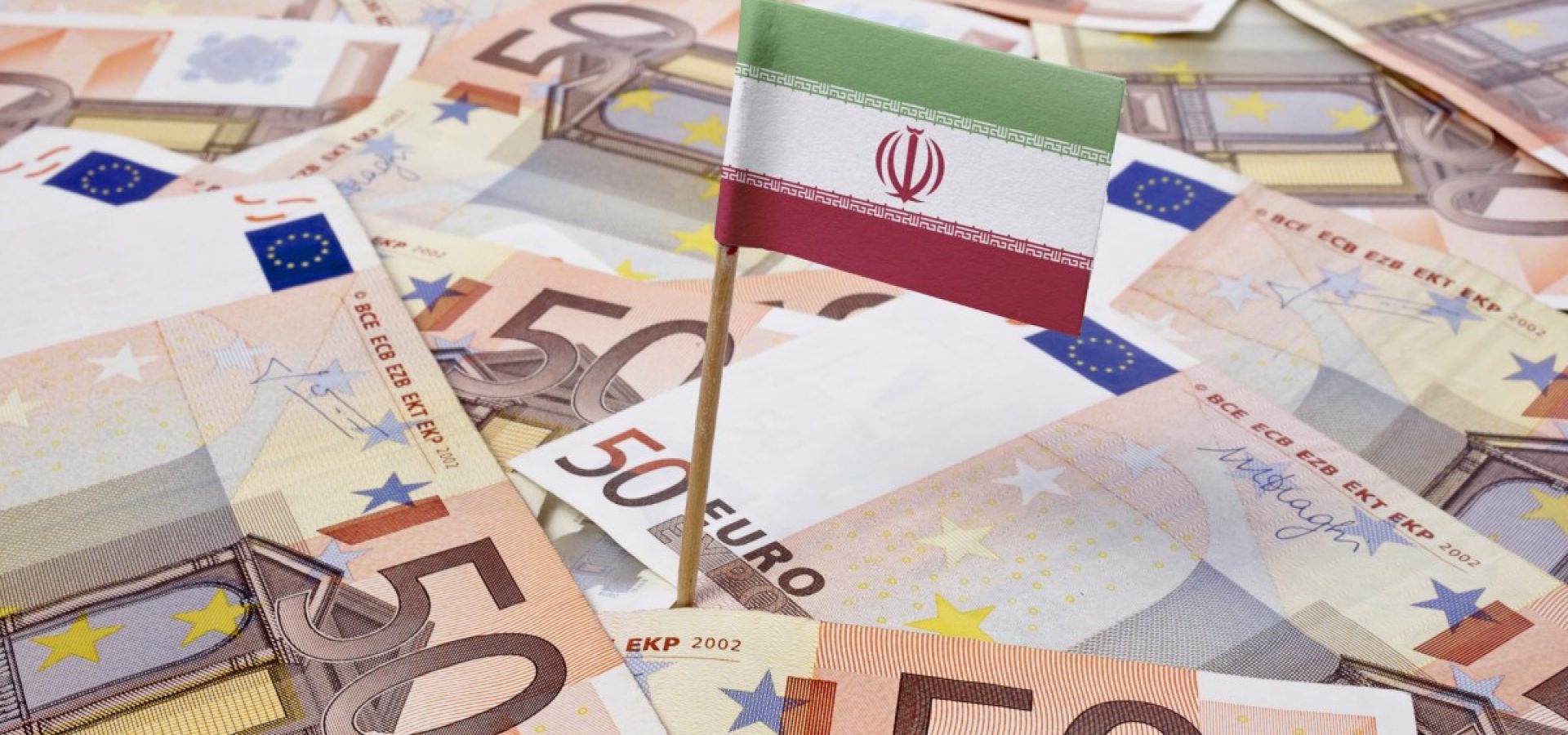
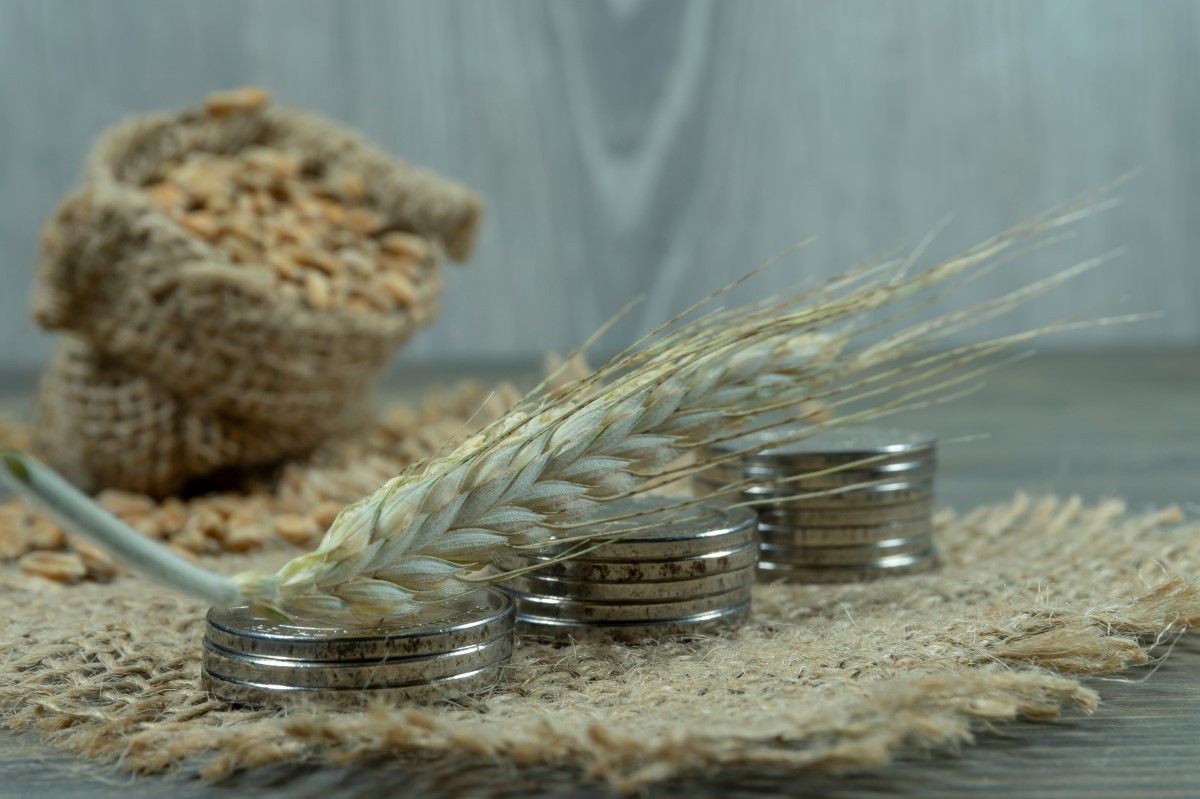
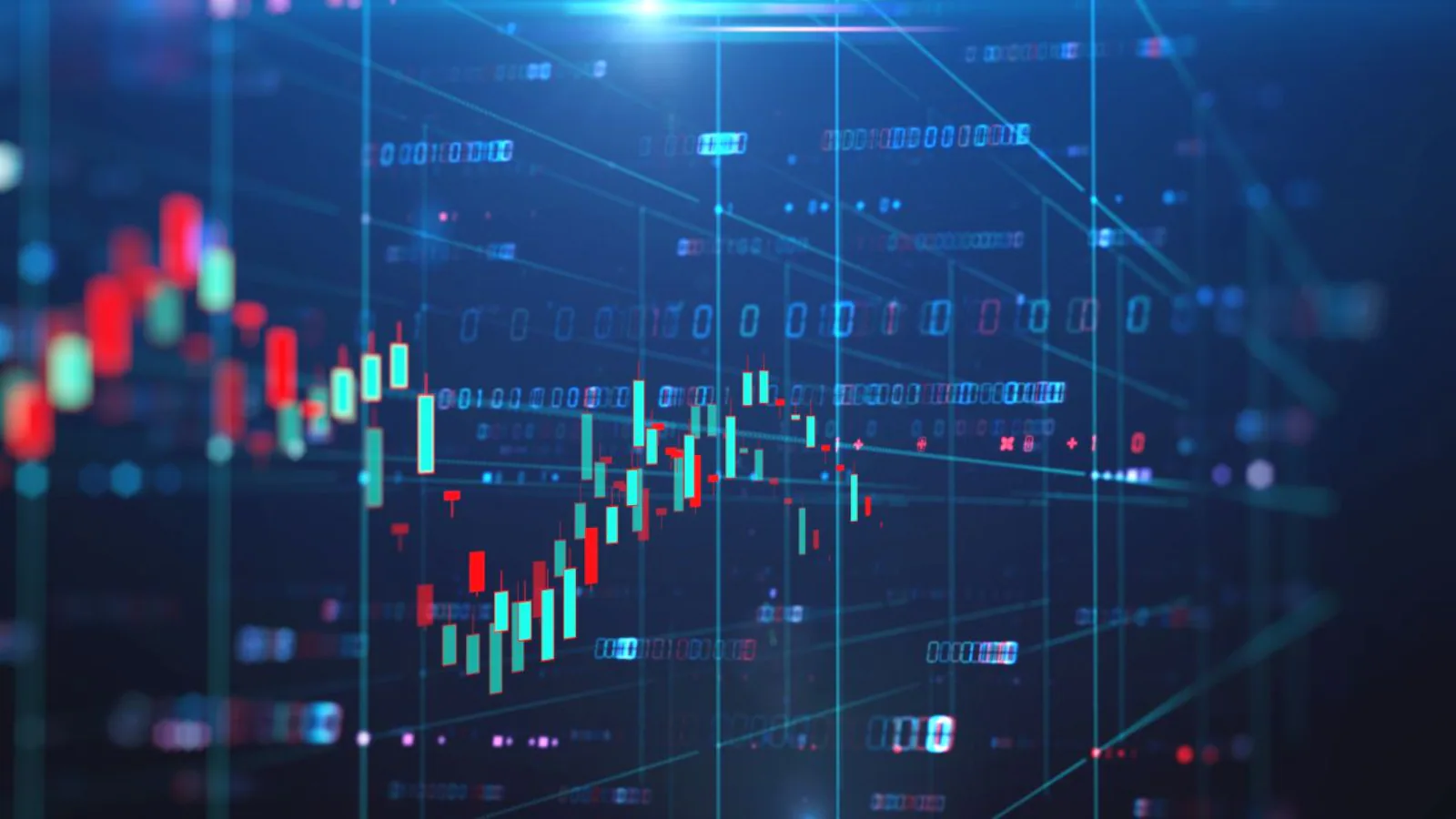
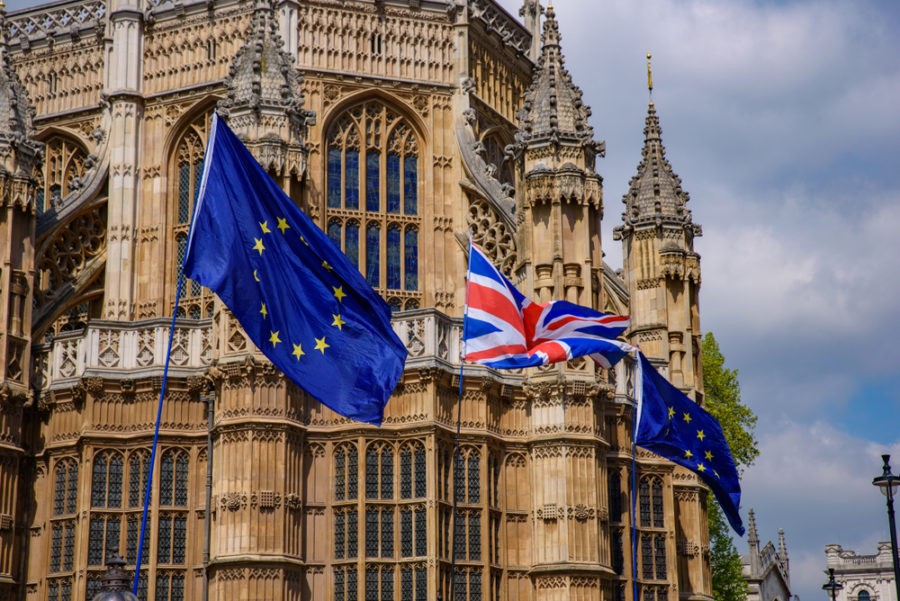




COMMENTS